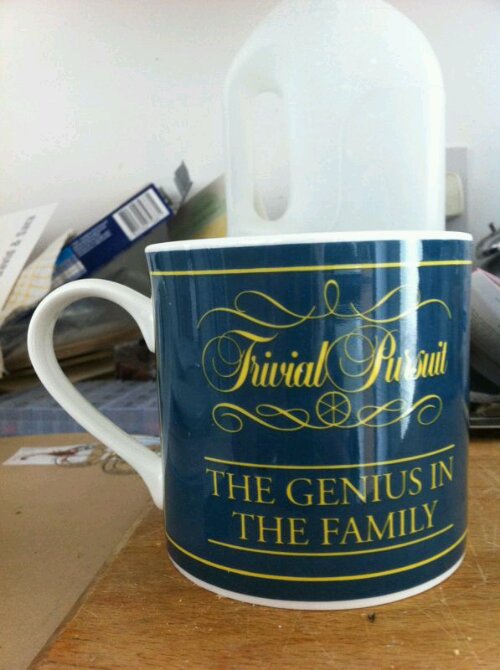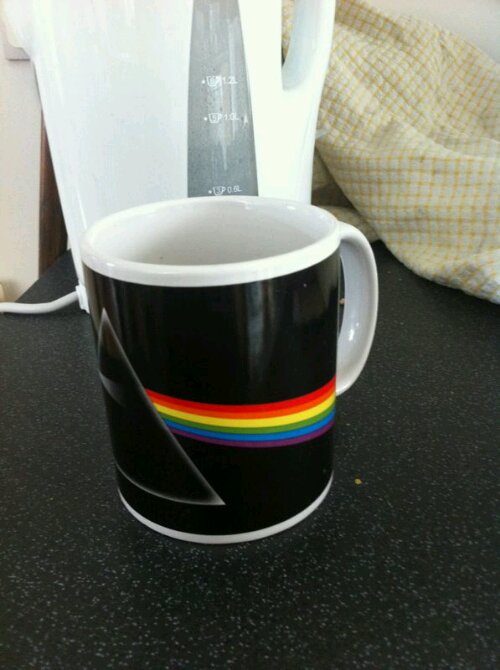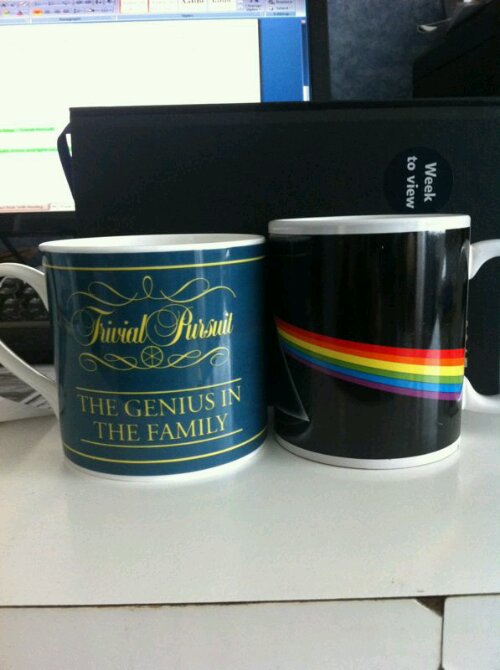First off remember how we finished last week:
And finally on a lighter note – can anyone tell me how it is possible to use the word “and” five times consecutively in a sentence? That means you have to write a sentence that will have “and and and and and” in it with no words in between. Answer next week folks – you didn’t think I was going to give it straight away. Have a think and see what you come up with.
And the answer is:
In UK we have a lot of pubs with names like the “Coach & Horses”, “Dog & Partridge” and so on. Sometimes there are companies called, say, “Smith & Jones”. The answer to the puzzle goes something like this. The owner of the pub called the Coach and Horses was having a new sign made to hang outside. When speaking to the sign writer who was going to do the job he said to him, “the old sign was badly done so when you make the new one I want you to make sure you put a proper space between coach and “and” and “and” and horses. I’ve put quote marks round the “and” just so you can see that when it appears like that it is being treated as a noun (i.e. a word on the sign) and when it is without it is being used as a normal conjunction just joining parts of the sentence together. In ordinary usage the quote marks wouldn’t be there and you would have the 5 consecutive ands in the sentence and it still makes sense. It’s all in the way you say it, where you make a slight pause. You read it as “between coach and and (pause) and and and horses.”
Now onto this week’s subject: China. No not the country of China, the material for making cups, saucers and things like a china tea service or dining set. It can also be used to make mugs. I was given a real china mug recently. Now I have plenty of ordinary mugs: they have a fairly thick lip compared to a cup. Cups can of course be just ordinary thickness or they can be china cups in which case much thinner and more delicate to use. They also often seemed to have handles I couldn’t get my finger into to hold even when I was younger. My gran would only ever have a cup of tea in a china cup. Also my Mum used to leave a china cup at my house, along with a tea cosy, so that when she came over I would make tea (of course brewed in a teapot with the cosy on) and hers would be poured into her own china cup. She didn’t like to use a mug or an ordinary cup. They both said the tea tasted different depending on whether you drank out of a china or non-china cup. Of course I thought it was all just psychological and there was no difference at all. That’s how it continued for many, many years until recently – until I made a mug of tea in my new china mug. Because the lip is thinner and the material it’s made of being different I think I too can actually sense a slightly different taste or at least a different experience. Are there any china cup/mug folks out there?
I’m not a coffee drinker but I don’t think I’ve ever heard anyone talk of wanting to drink coffee out of a china cup/mug. Btw, a couple of days ago, I had a pot of tea at a local National Trust Museum place where they made it using those old fashioned things they call tea leaves. I ordered the same type of tea I drink at home and I tell you what – there’s definitely a better flavour from the leaves when compared with tea from a tea bag. Anyone out there a “leaves” person?
Here’s a pic of my new (china) mug.

(You will notice my standing in the family has now been recognised – I was overcome with emotion as I realised I have now been recognised as a GENIUS!)
Here’s a pic of my normal mug

Those of you who know of the Pink Floyd album Dark Side Of The Moon will recognise the mug decoration. (Worldwide sales of the album up to 2005 are estimated to be around 50 million. In 1998 the Recording Industry Association of America certified it as 15x Platinum meaning 15 million sales in the US.)
Because of their heights and different thickness of the sides the mugs are of different capacities: China mug smaller in height but larger in diameter.

I was curious to see what their different volumes would be so I got the ruler out as they’re quite similar but you can see obvious differences:
Ordinary mug (inside measurements) – 8.8cm high/deep, 7.5cm diameter
China mug (inside measurements) 8.2cm high/deep, 9.0cm diameter.
Now do you remember back to your school maths (or math in US) for the formula for the volume: πr2h.
Substituting my figures gives –
ordinary – π x 3.75 x 3.75 x 8.8 = 389cc
china - π x 4.5 x 4.5 x 8.2 = 522cc
where π=3.14
Now I know you wouldn’t fill to the brim but it does mean I have to fill the china one to a lower height or I could be drinking nearly a third more with every mugful!
So what’s special about bone china? Basically it’s to do with how it’s made. It has a very strong construction which is why it can be made thinner than other porcelain. It is called “bone” china because quite simply bones from animals go into the making of it. (This is why some ethical/green folks won’t buy porcelain made like this.) The first attempts at making it were in the late 1740s but it wasn’t until the 1790s that Stoke-on-Trent based Josiah Spode developed what turned out to be the best mix of the various elements required to make it: 6 parts bone ash, 4 parts china stone, 3.5 parts china clay. (Some of you may have heard of Spode china.) That mixture has remained the standard ever since.
Sadly in 2009 the company went into Administration (bankrupt) and was bought by the Portmeirion Group (which owns Portmeirion Village). Head of this group is Susan Clough-Williams who is the daughter of Sir Clough Williams-Ellis who was the architect of the Italian style village called Portmeirion in North Wales. Some of you may remember that the 1967-8 TV series called The Prisoner starring Patrick McGoohan (as Number 6) was filmed on location at Portmeirion.
(A 2009 updated version, starring Sir Ian McKellen & Jim Caviezel, which aired on the American cable channel AMC, was filmed in Swakopmund in Namibia. It’s about an agent who wakes up in a strange place and doesn’t know how he got there or why he is there.
If you didn’t catch it here’s part (10 mins) of the first episode to give you a taster.
http://www.youtube.com/watch?v=8LXsb4COaEM
Perhaps, I wonder, has LLM been there or know anything of the place? (He gets to the Village at about 4m 10s so you can see the residence buildings then a bit later the town itself.)
And there you have it: this week a journey from AND to china to the Dark Side of the Moon to Portmeirion to Namibia.
No comments:
Post a Comment